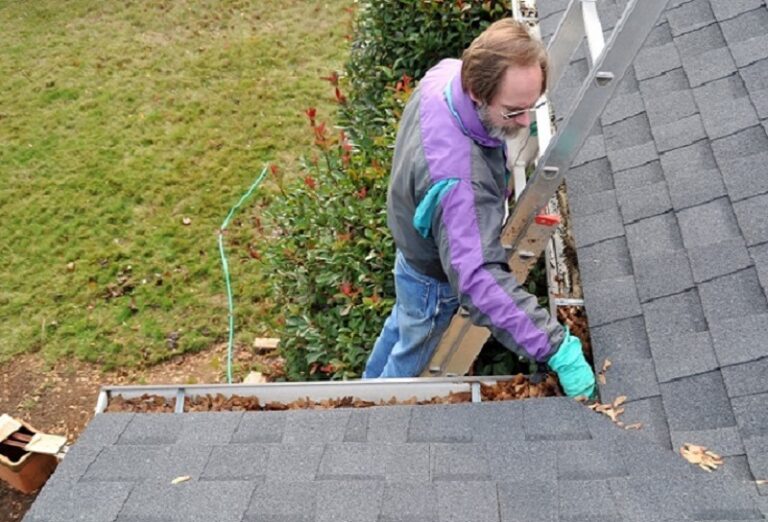Tornadoes can leave a trail of devastation, affecting homes, infrastructure, and lives. Knowing how to respond effectively can make a significant difference in recovery. Here are five strategies to help you deal with tornado damage efficiently and rebuild your life and property.
Prioritize Safety and Immediate Needs
After a tornado, your immediate priority should be ensuring your safety and your loved ones. Check for injuries and seek medical attention if necessary. Be cautious of hazards such as downed power lines, shattered glass, and unstable structures.
Steps to ensure safety
- Stay informed: Listen to emergency broadcasts for updates and instructions.
- Inspect utilities: Turn off gas, electricity, and water if you suspect leaks or damage.
- Avoid unsafe structures: Only enter severely damaged buildings once professionals have inspected them.
Document the Damage
Accurate documentation of the damage is crucial for insurance claims and disaster assistance. Take clear photos and videos of all affected areas, both inside and outside your home. This will provide a comprehensive record that can help expedite the claims process.
Key areas to document
- Structural damage: Capture images of cracks, collapsed walls, and other visible structural issues.
- Roof damage: Look for missing shingles, holes, and any signs of leaks or water intrusion.
- Personal property: Document damage to furniture, electronics, clothing, and other personal items.
Contact Your Insurance Company
Contact your insurance provider as soon as possible to report the damage and start the claims process. Provide them with the documentation you’ve gathered and follow their guidance on the next steps. Understanding your policy’s coverage can help you navigate this process more smoothly.
Tips for dealing with insurance
- Keep records: Maintain a log of all communications with your insurer, including dates, times, and the names of representatives you speak with.
- Be thorough: Provide detailed descriptions of the damage and any immediate repairs you’ve had to make.
- Ask questions: Clarify any doubts about your coverage, deductibles, and the claims process.
Make Necessary Temporary Repairs
While waiting for professional repairs, take steps to prevent further damage to your property. This might include covering broken windows with plywood, tarping roof damage, and removing debris from your yard. These temporary measures can protect your home from additional harm and make staying there safer.
Temporary repair tips
- Secure the roof: Use tarps or heavy-duty plastic to cover any holes or missing shingles on the roof.
- Board up windows: Secure broken windows with plywood to keep out weather and intruders.
- Clean up debris: Clear pathways and remove hazards to prevent accidents.
Plan for Long-Term Repairs and Restoration
Once immediate concerns are addressed, focus on long-term repairs and restoration. Hiring reputable contractors and professionals ensures quality work that meets safety standards. Research and select contractors with experience in tornado damage restoration.
Steps for effective restoration
- Get multiple estimates: Obtain quotes from several contractors to compare prices and services.
- Check credentials: Verify that contractors are licensed, insured, and have positive reviews or references.
- Plan ahead: Outline a repair timeline and communicate regularly with your contractor to stay updated on progress.
Addressing Roof Damage
Roof damage is a common consequence of tornadoes and requires prompt attention to prevent further issues, such as water damage and mold growth. Take the time to carefully examine your roof for any signs of damage or wear. If you feel it’s unsafe to do this on your own, don’t hesitate to hire a professional like Thompson & Thompson 3rd Generation Roofing, Inc. who can conduct a thorough inspection. Ensuring the integrity of your roof is crucial for the safety and security of your home.
Identifying roof damage
- Visible damage: Look for missing or damaged shingles, broken tiles, and punctures from debris.
- Leaks: Check for signs of water intrusion in your attic or ceiling, such as damp spots or discoloration.
- Structural integrity: Ensure that the roof’s framework is intact and hasn’t been compromised.
Repairing roof damage
- Temporary fixes: Use tarps or roofing tape to cover damaged areas until permanent repairs can be made.
- Professional repairs: Hire a qualified roofer to assess the damage and carry out necessary repairs or replacements.
- Insurance claims: Document the damage thoroughly and provide this information to your insurance company to support your claim.
Dealing with tornado damage is undoubtedly challenging, but you can navigate the recovery process more effectively with a systematic approach. Prioritize safety, document the damage comprehensively, and work closely with your insurance provider and contractors. Addressing critical issues like roof damage promptly can prevent further complications and set you on the path to restoring your home and life. Stay informed, stay organized, and lean on available resources and support to get through this difficult time.







